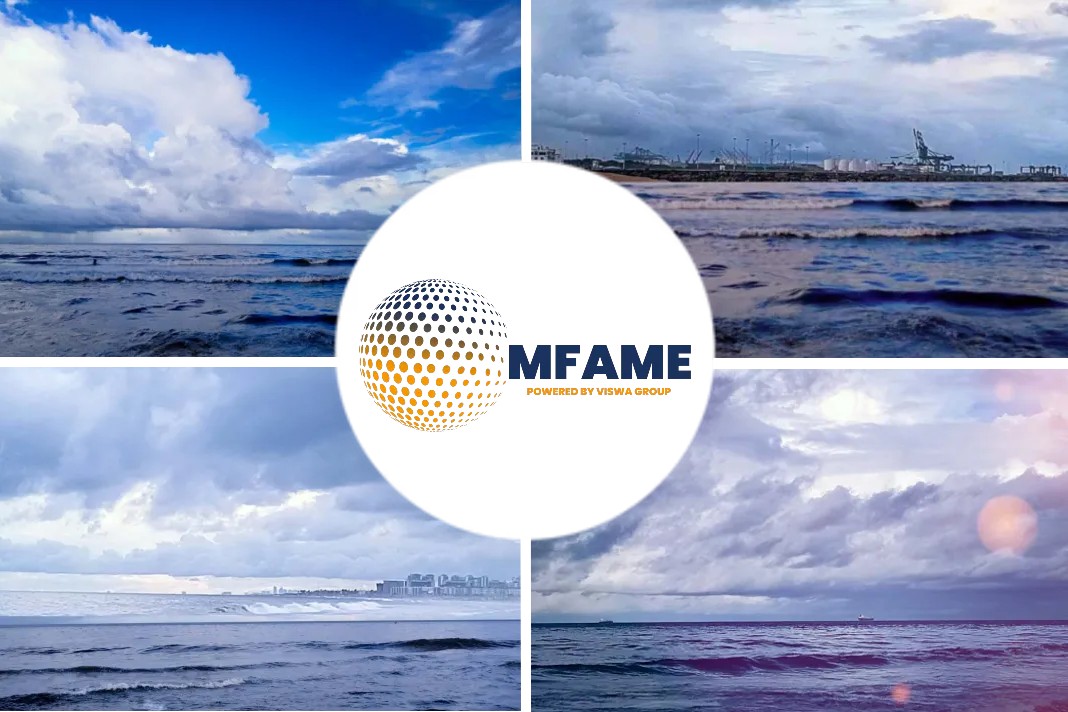Excess supply of tankers is currently adding to the downward pressure on the freight rates but the demand is strong enough as it is fueled by an economic upswing and rise in global trade, says Clarksons Research Managing Director Stephen Gordon.
“Fundamentals suggest that in a year’s time, the situation will be a little bit better but in the short term there is a surplus supply,” Gordon said at the GIA-IUMI conference in Singapore earlier in the week.
Marginal rise in ton-mile demand
The ton-mile demand for dirty tankers grew by 4.6% last year while the fleet grew by around 2.9%, Gordon said, adding that the corresponding growth in product tankers was 3.1% and 1.5% respectively.
Ton-mile demand is calculated by multiplying the volume of cargo moved in metric tons by distance traveled in miles. Covering a longer distance implies diminished availability of ships even if the total size of the fleet remains the same, or conversely, it offsets the increase in supply of tonnage.
“Demand is good but there is too much supply,” he noted with reference to tankers.
Short of operating expense
Maritime analysts say that supply along with higher bunker costs is eroding the earnings of owners and making it difficult for them to meet the operating expenses.
The LR2 and LR1 earnings on the benchmark Persian Gulf-Japan route are at present below $4,500/day and $7,500/day, clean oil tankers’ brokers told S&P Global Platts.
This is significant because crude and oil products have a 26% share in the annual global trade of around 11.6 billion mt, constituting its largest segment. Sea trade cycles typically follow the cycles in global GDP trade.
This year the global GDP is expected to grow around 3.9% while the projected growth in trade is 3.5%, Gordon said.
Demand yet to come in Asia
A major chunk of growth in demand for seaborne trade is likely to come from Asia and the developing economies, he said. Asia already has a 58% share in global seaborne trade, including China’s 25%. China’s trade has grown 49% during the decade through 2017, in the process giving a filip to demand for shipping, Gordon said.
Last year, the global VLCC fleet spent 20% of its time in East Asia and 21% in Southeast Asia, according to the Clarksons estimates. For other ship sizes as well, Asia dominates in terms of deployment. Even in number of port calls, the top three ports are Singapore, Hong Kong and Shanghai, Gordon said.
DEMOLITION, NEW BUILDINGS
Demolition is picking up, with the first quarter of this year witnessing record high volumes of scrapping for dirty tankers, Gordon said.
Demolition along with lesser orders being placed will slow down the growth in fleet. The annual global shipping fleet growth peaked at 9% in 2010.
Reduced ship orders
The overall global shipping orderbook is now 10% of the fleet, down from 50% in 2008, according to the Clarksons estimates. Global shipping fleet has grown by 58% since the global financial crisis, the estimates showed.
However, slowdown in new orders will have an adverse impact on the fortunes of the shipyards. Shipyard ordering was very weak in 2016 and there is still pressure for reduction in capacity, Gordon said.
There were more orders in 2017 but from a low base and there are still long term requirements with output expected to decline significantly this year, he said.
New sulfur ban impacts shipbuilding
The number of yards to have taken at least one shipbuilding order of over 1,000 gross tons declined to 150 last year compared with 277 such yards in 2015, he said. So far only 42 shipbuilders have won at least one such order, he added.
On the upcoming new 0.5% sulfur cap for marine fuels, Gordon said of the multiple choices available, the majority of ships may use the compliant low sulfur fuels.
Some of the owners are conservative in taking technological risks but the uptake of scrubbers is starting to filter through and picking up as well, he added.
Did you subscribe for our daily newsletter?
It’s Free! Click here to Subscribe!
Source: Platts

















